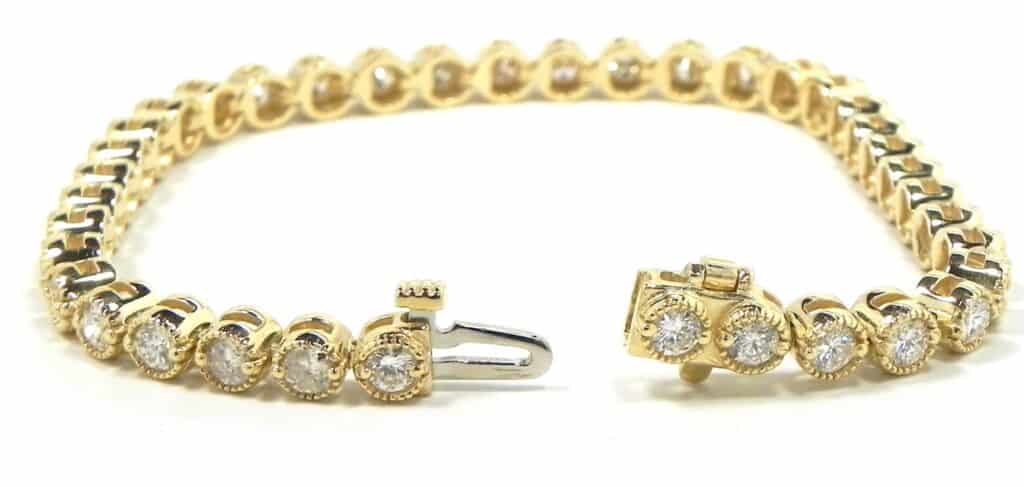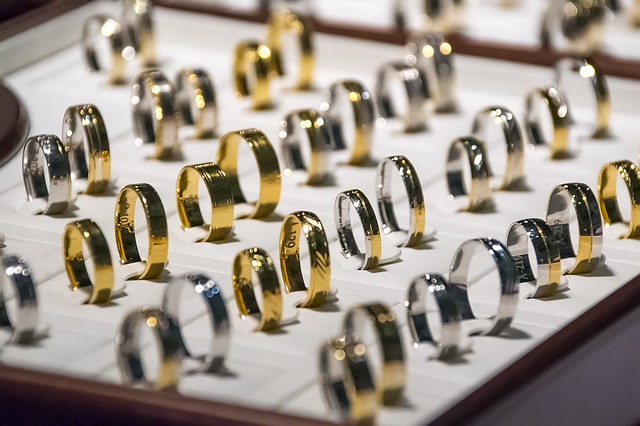Introduction: A New Era in Diamond Production
In a world increasingly conscious of sustainability, the diamond industry faces a significant challenge. Traditional mining practices have long been criticized for their environmental impact and ethical concerns. Enter lab-grown diamonds, a revolutionary alternative that promises to change the game. But what role does the World Wildlife Fund (WWF) play in this transformation? How do these man-made gems stack up against their natural counterparts? Let’s delve into the intricacies of lab-grown diamonds and explore WWF#8217;s involvement in promoting sustainable practices.
What Are Lab-Grown Diamonds?
The Science Behind the Sparkle
Lab-grown diamonds are created using advanced technological processes that mimic the conditions under which natural diamonds form. There are two primary methods: High Pressure High Temperature (HPHT) and Chemical Vapor Deposition (CVD). Both methods produce diamonds that are chemically, physically, and optically identical to mined diamonds. The primary difference lies in their origin—a lab-grown diamond is produced in a matter of weeks, whereas natural diamonds take billions of years to form.
Advantages of Lab-Grown Diamonds
One of the most compelling advantages of lab-grown diamonds is their environmental impact. Unlike traditional mining, which can cause significant ecological damage, lab-grown diamonds require far fewer resources. They also circumvent the ethical issues associated with #8220;blood diamonds,#8221; which are mined in conflict zones and sold to finance violence. Furthermore, lab-grown diamonds often come at a lower cost, making them an attractive option for consumers.
WWF#8217;s Role in Promoting Sustainable Diamonds
Advocacy and Awareness
The WWF has been a pivotal player in advocating for sustainable practices across various industries, and the diamond sector is no exception. By raising awareness about the environmental and ethical issues associated with traditional diamond mining, WWF encourages consumers and companies to consider lab-grown alternatives.
Collaborative Initiatives
WWF collaborates with diamond producers, retailers, and certification bodies to promote transparency and sustainability. These initiatives often involve rigorous standards for environmental stewardship and ethical labor practices, ensuring that lab-grown diamonds are a responsible choice.
Impact on Policy and Industry Standards
Through lobbying efforts and partnerships, WWF influences policy and industry standards. This has led to greater acceptance and integration of lab-grown diamonds in the market, further driving the shift towards sustainable alternatives.
The Market Dynamics of Lab-Grown Diamonds
Consumer Perception and Demand
Consumer perception of lab diamonds has evolved significantly over the past decade. Initially met with skepticism, these gems are now widely accepted, especially among younger, eco-conscious buyers. Marketing campaigns emphasize the ethical and environmental benefits, resonating with a demographic that prioritizes sustainability.
Economic Implications
The rise of lab-grown diamonds has disrupted the traditional diamond market. As production technology improves and costs decrease, these diamonds become more competitive in price. This shift not only benefits consumers but also pressures natural diamond producers to adopt more sustainable practices.
Challenges and Criticisms
Environmental Concerns
While lab-grown diamonds are generally more sustainable than mined diamonds, they are not without environmental concerns. The energy-intensive processes required for production, particularly the HPHT method, can have a significant carbon footprint if not managed properly. Advocates argue for the use of renewable energy sources to mitigate these impacts.
Market Acceptance
Despite growing acceptance, some segments of the market remain resistant to lab-grown diamonds. Traditionalists value the rarity and natural origin of mined diamonds, viewing them as more prestigious. Overcoming these perceptions requires ongoing education and marketing efforts.
The Future of Lab-Grown Diamonds
Technological Advancements
The future of lab-grown diamonds looks promising, with continuous advancements in technology improving quality and reducing costs. Innovations in production methods, such as using renewable energy, further enhance their sustainability credentials.
Global Adoption and Policy Support
As awareness and acceptance grow, global adoption of lab-grown diamonds is likely to increase. Support from organizations like WWF and favorable policy frameworks will be crucial in driving this shift.
Conclusion: A Sparkling Future
The advent of wwF and lab grown diamonds represents a significant step forward in making the diamond industry more sustainable and ethical. With the support of organizations like WWF, these man-made gems are poised to become a mainstream choice. The key lies in continuous innovation, consumer education, and collaborative efforts to ensure that lab-grown diamonds not only match but surpass the allure of their natural counterparts. Will you be part of this sparkling future? The choice, as always, lies in your hands.



